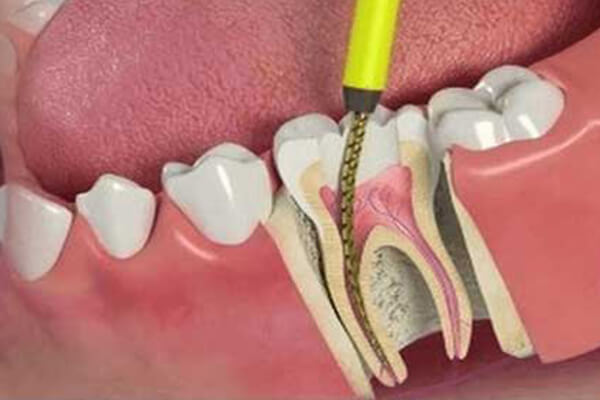
Root Canal Treatment/Procedure Services
WHAT IS ENDODONTIC THERAPY OR ROOT CANAL THERAPY?
Endodontic therapy, which is also known as endodontic treatment or root canal therapy, is a treatment for the infected pulp of a tooth which results in the cure of infection and the protection of the decontaminated tooth from any microbial growth in future.
Root canals are the hollows within a tooth that are naturally inhabited by nerve tissue and blood vessels. These items constitute the dental pulp altogether. Endodontic therapy involves the removal of these structures, the shaping, cleaning, and decontamination of the hollows with small files and irrigating solutions, and the fillings of the decontaminated canals. Filling of the cleaned and decontaminated canals is done with an inert filling like gutta-percha and typically a eugenol-based cement. Epoxy resin is also used to bind gutta-percha in some root canal procedures. Endodontics includes both primary and secondary endodontic treatments as well as the surgery.
PROCEDURE OF ROOT CANAL!!
Before endodontic therapy is carried out, a correct diagnosis of the dental pulp and the surrounding periapical tissues is compulsory. This allows the endodontist to choose the best treatment option according to the issue, allowing the preservation and longevity of the tooth and surrounding tissues. Treatment options for an irreversibly inflamed pulp include either extraction of the tooth or removal of the pulp.
Removing the infected/inflamed pulpal tissue enables the specialist to help preserve the longevity and function of the tooth. The treatment option chosen involves taking into account the expected prognosis of the tooth, as well as the patient’s wishes. A full history is required (which includes the patient's symptoms and medical history), along with a clinical examination (both inside and outside the mouth), and the use of diagnostic tests.
There are several diagnostic tests that should be done before beginning any treatment. These include:
1.Palpation (this is where the tip of the root is felt from the overlying tissues to see if there is any swelling or tenderness present in the tooth)
2.Mobility (if there is more than normal movement of the tooth in the socket)
3.Percussion (TTP, tender to percussion; the tooth is tapped to see to know if there is any tenderness)
4.Transillumination (shining a light through the tooth to check if there are any noticeable fractures)
5.Tooth smooth (this is where the patient is asked to bite down upon a plastic instrument; useful if the patient complains of pain on biting as this can be used to localize the tooth)
6.Radiographs
7.Dental pulp tests
In the situation that a tooth is considered so threatened (because of decay, cracking, etc.) a pulpectomy (removal of the pulp tissue) is advisable to prevent such infection. Generally, some inflammation or infection is already present within or below the tooth. To cure the infection and to save the tooth, the dentist drills into the pulp chamber and removes the infected pulp and then drills the nerve out of the root canal with hand instruments known as files.
Appointment
Book An Appointment Now!
We at All Brite Dentistry want to give each of our patients the most gentle and highest quality dental care possible. It starts with your very first phone call. Compassion and understanding are a priority.
Our Services
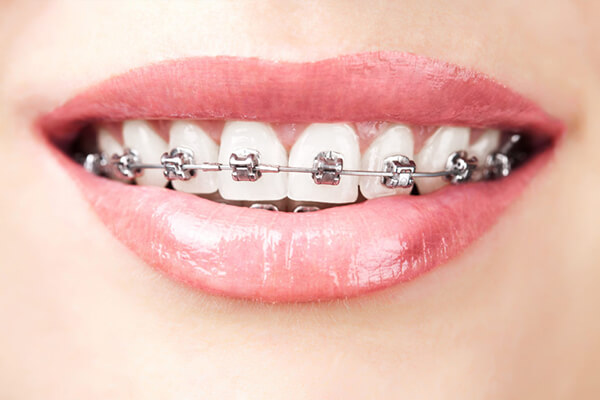
Teeth braces or dental braces
Dental braces are also known as braces, or orthodontic cases are the devices which are used in orthodontics that aligns and straightens your teeth.
Read More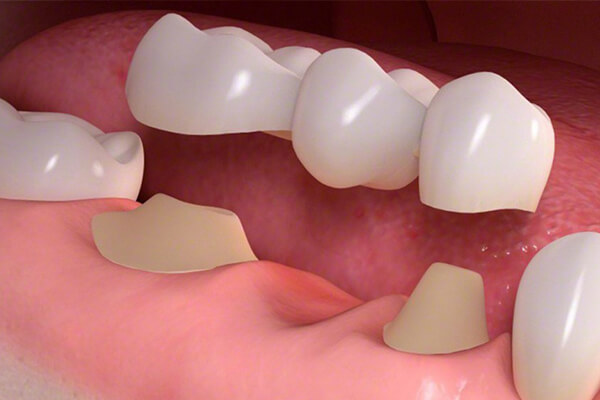
Dental bridges
A bridge is a fixed dental restoration which usually replaces one or more missing teeth by joining an artificial tooth adjacent to the other teeth.
Read More
Dental implants and restorations
A dental implants are also known as an Endosseous implant or a fixture is a surgical component that interfaces with the bone of the jaw or skull.
Read More
Dental crowns or teeth crowns
A crown, which is also known as a dental cap, is a type of dental restoration which completely caps, covers or encircles a tooth or dental implant.
Read More
Root canal treatment/procedure
Endodontic therapy, which is also known as endodontic treatment or root canal therapy, is a treatment for the infected pulp of a tooth which results in the cure of infection.
Read More
Dentures
Dentures are the artificial teeth worn by the people who don't have their real teeth. Dentures are also called false teeth or dental plate.
Read More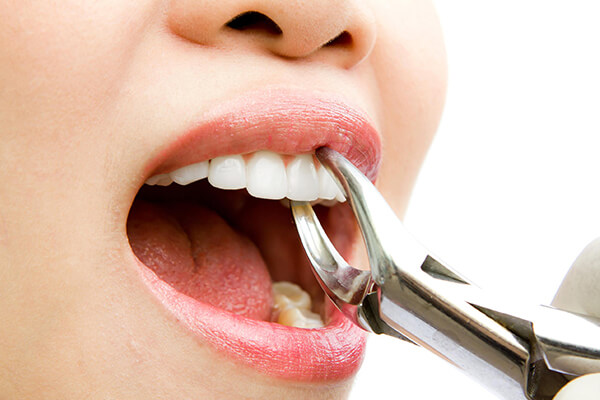
Teeth extractions
Although permanent teeth were meant to last for the lifetime, there are a number of reasons because of which tooth extraction may be needed.
Read More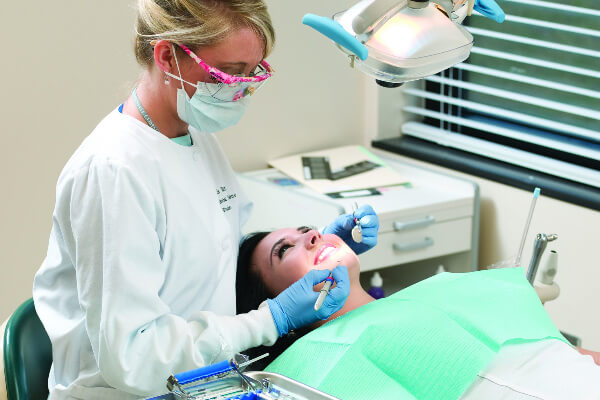
Dental hygiene
Dental Hygienics is one of the leading providers of dental decontamination equipment and products.A dental hygienist is a licensed dental professional.
Read More
Teeth veneers
Dental veneers are wafer-thin, customized shells of tooth-colored materials designed to cover the front surface of your teeth to improve your appearance.
Read More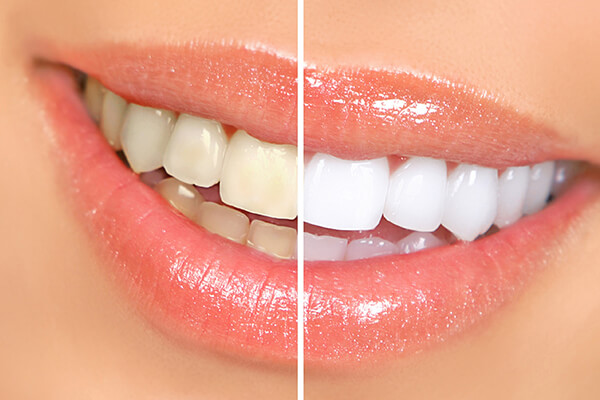
Teeth whitening
Teeth whitening involves the bleaching of your teeth to make them lighter, clean and white. It can't make your teeth brilliantly white, but it can lighten the existing color.
Read More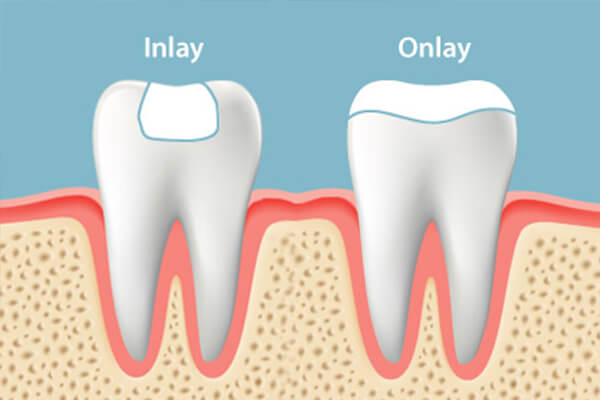
Inlays and onlays
Inlays and Onlays are used when the tooth has experienced too much of damage that it cannot support a basic filling, but not so much damage that a crown is necessary.
Read More
Cosmetic dental fillings
Aesthetic dentistry is a branch of dentistry that involves skills and techniques to improve your alignment, smile’s appearance, shape, color, and size.
Read More
Pediatric dentist
Pediatric dentists are also called kids’ dentists or child dentists. They are basically dedicated to the oral health of children from infancy through their teenage.
Read More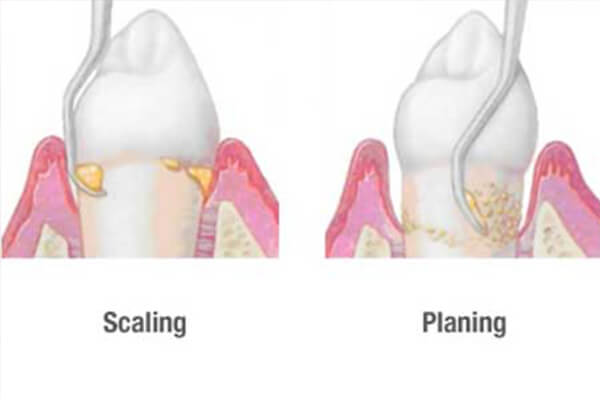
Teeth scaling and root planning
Teeth scaling and root planning is a procedure involving removal of dental plaque and calculus ( tartar ) and then smoothing of the (exposed) surfaces of the roots.
Read More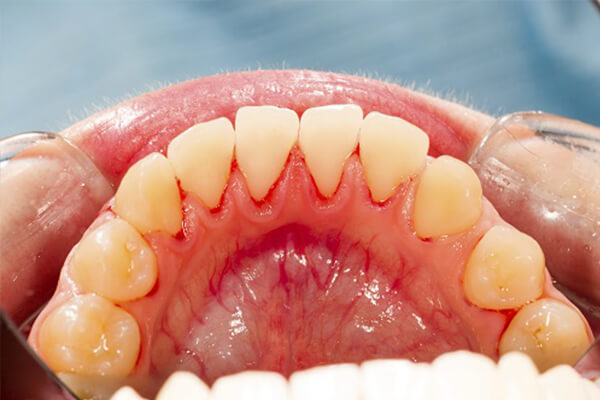
Periodontal gum disease
Periodontology is the specialty of dentistry that studies for the supporting structures of teeth, as well as the diseases and conditions that can affect them.
Read More
Cosmetic dentistry
Cosmetic dentistry refers to any kind of dental work that improves the appearance (not necessarily the functionality) of teeth, gums and/or bite.
Read More
Family dentistry
Consetetur sadipscing elitr, sed diam nonumy eirmod tempor invidunt ut labore et dolor erat, sed diam voluptua, maiores possimus fugiat repellat totam.
Read More
Emergency dentistry
Before searching for an emergency Dentist, It is important to know that what kind of injuries really required an emergency dental care, so you can make sure that teeth are taken care.
Read More
Dental exams and cleanings
Many people feel afraid of teeth cleanings. Between the prodding, strange noises, and the occasional jaw discomfort, it’s easy to understand their apprehension.
Read More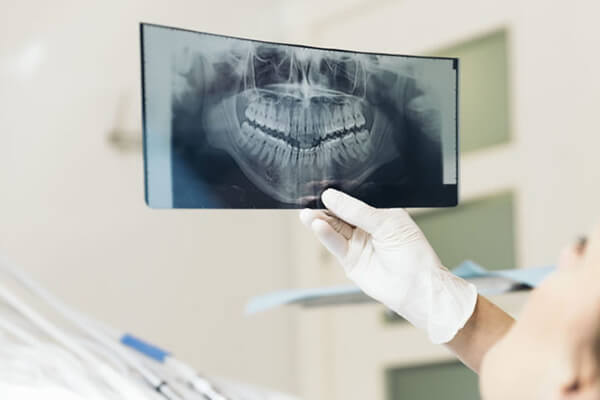
Dental X-Rays
X-rays are also known as radiographs. An x-ray is a type of ray energy that passes through soft tissues and is absorbed by dense tissue. They are diagnostic,also be preventative.
Read More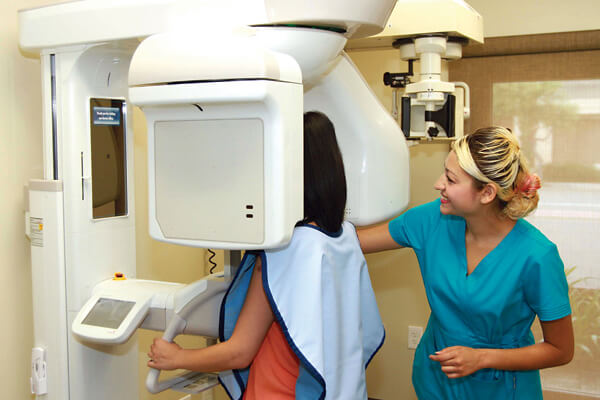
CT scan
CBCT stands for Cone Beam Computed Tomography. It is a technology used to take three dimensional (3-D) images of your teeth, maxillary sinus, nerve pathways, and bone .
Read More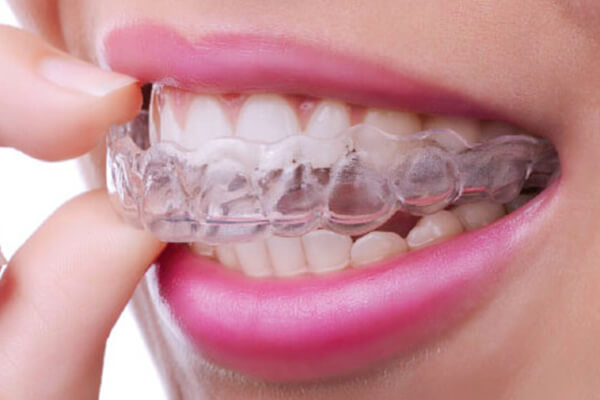
Night guards
A mouth guard is a protective device for your mouth that covers your teeth and your gums to prevent and reduce the injury to your teeth, arches, lips, and your gums.
Read More
Sleep apnea dentist
Sleep apnea is a sleep disorder in which your breathing starts and stops repeatedly. If you snore loudly and feel tired even after having a full night's sleep.
Read More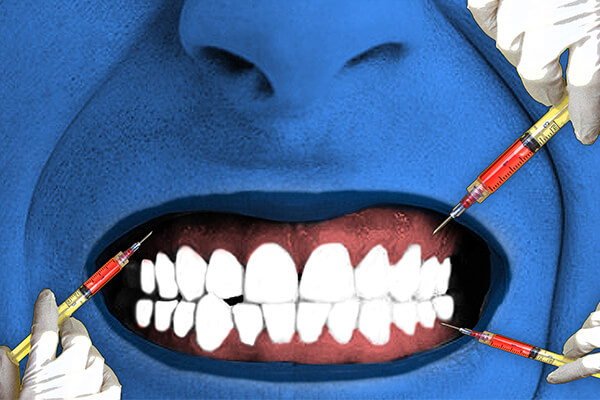
Dental botox theraphy
The active, therapeutic neurotoxin is harvested, separated and purified in a laboratory to make it safe and effective for the treatment.
Read More